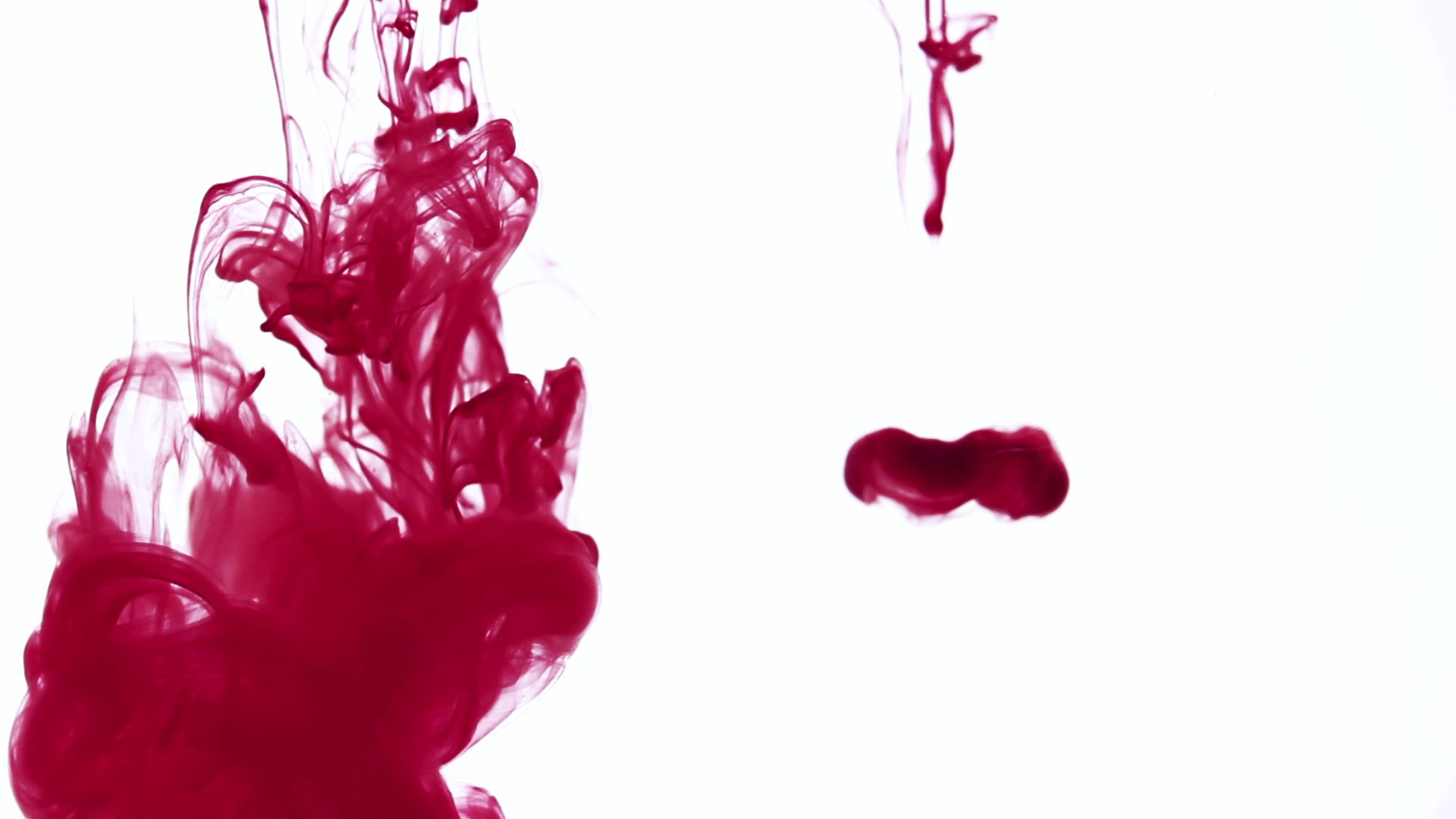Learn about Pinot Noir!
- Ishanka Jayawardana
- 1 nov. 2017
- 2 min de lecture
Pinot Noir is over 1000 years older than Cabernet Sauvignon
Pinot Noir ranks with some of the oldest grapes in the world. Grapes that have been around since the Roman times also include Muscat Blanc — the Moscato grape, Timorasso, a rare white grape with only 50 acres around Piedmont Italy; and nearly extinct Gouais Blanc, which supposedly was ‘the grape’ of the middle ages in Europe.
Pinot Noir = Pinot Grigio = Pinot Blanc
Wine writers Jancis Robinson, Julia Harding and José Vouillamoz of the book Wine Grapes claim that Pinot Gris/Grigio and Pinot Blanc are simply color mutations of Pinot Noir. Each grape DNA was analyzed only to find out they are identical. So, if you like Pinot Noir, start drinking all the Pinots!
Germany is a top Pinot Noir Producer
Germany is the 3rd largest producer of Pinot Noir after France and the US. Pinot Noir is commonly called Spätburgunder in Germany. The wines from the Baden (in the Kaiserstuhl district), Pfalz (‘faults’) and the Nahe (‘nah-ha’) are all worth finding and drinking.
Where there’s Pinot Noir, there’s Chardonnay
Chardonnay is actually related to Pinot Noir. It’s a natural crossing of Pinot Noir and Gouais Blanc (the near extinct variety mentioned above!). This is why Chardonnay and Pinot Noir always seem to grow together (such as in Oregon, Burgundy, and Chile). While I’m rambling on this topic, the same relationship is true between Sauvignon Blanc and Cabernet Sauvignon, which is why regions like Bordeaux and Napa both grow Cabernet and Sauvignon Blanc. Aha!
Pinot Noir has tannin!
Grand Cru Burgundy wines with loads of tannin.
Pinot Noir is often noted for its natural ability to be lighter than other red wines and have low tannin. However, a recent tasting of Grand Cru Burgundy showed that Pinot Noir can have a hell of a lot more tannin. How do winemakers do this?Well, besides reducing yields in the vineyards to make concentrated grapes, many producers will make wines with a technique called ‘Whole Cluster Fermentation’. Whole cluster fermentation is when the entire grape bunch, including the stems, goes into the crusher and fermenter. This technique is rarely practiced on wine varieties other than Pinot. The stems add tannin (which you can taste on the front of your mouth as a drying and astringent sensation). The tannin adds a longer runway of life for the wines to age. This technique is typically used for high-end wines that people plan on cellaring for a minimum of 10 years before drinking. [if !supportLineBreakNewLine] [endif]



















Commentaires